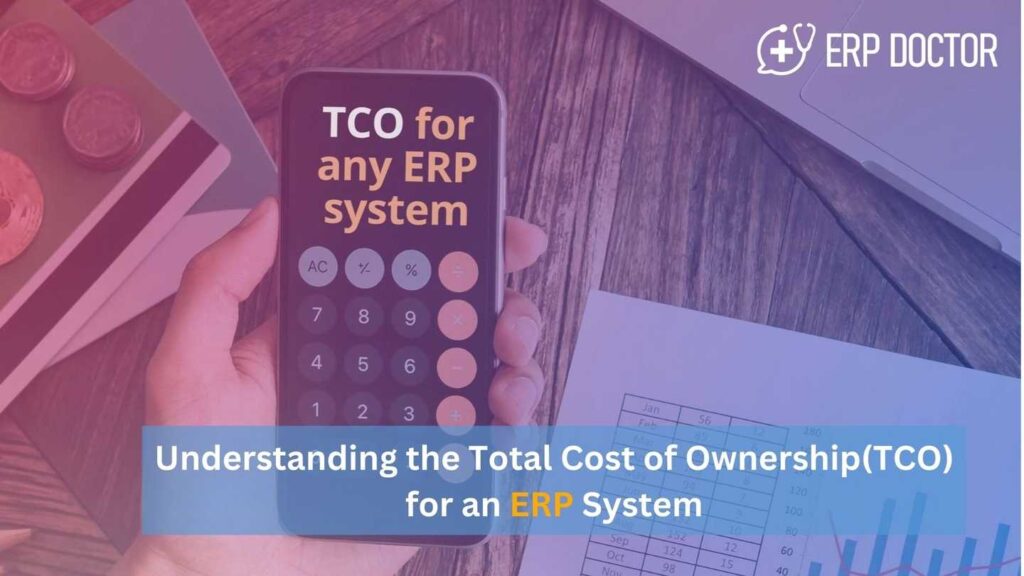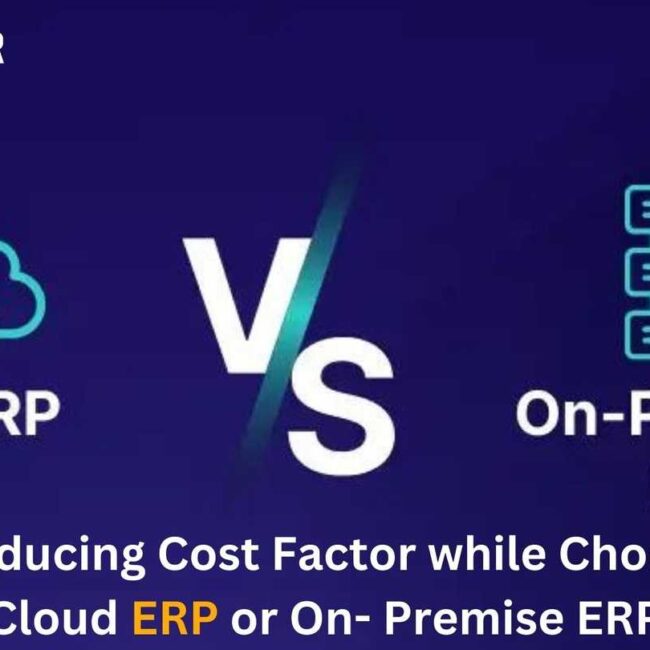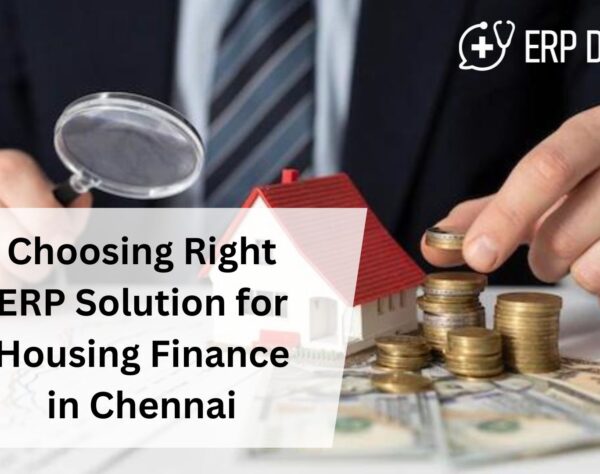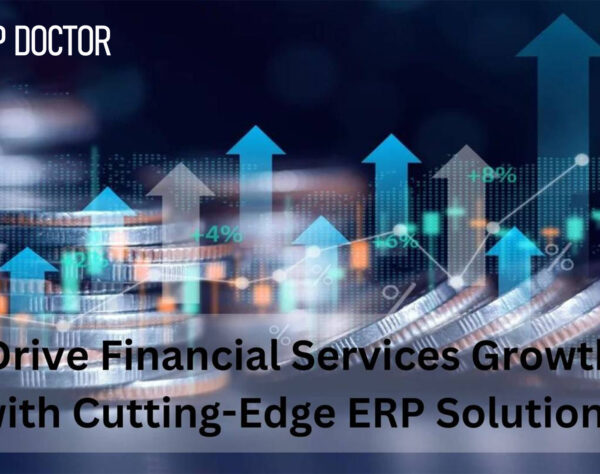
Understanding the Total Cost of Ownership(TCO) for an ERP System

Introducing TCO for cloud-based ERP Or On-Premise ERP
In today’s fast-paced business environment, selecting the right Enterprise Resource Planning (ERP) system is crucial for streamlining operations and enhancing productivity. However, one of the most significant factors to consider when choosing between an on-premise ERP and a cloud ERP is the Total Cost of Ownership (TCO). Understanding TCO helps businesses make informed decisions that align with their financial and operational goals. In this comprehensive guide, we’ll explore the components of TCO and compare the costs associated with on-premise and cloud ERP solutions.
What is the Total Cost of Ownership (TCO)?
Total Cost of Ownership (TCO) refers to the cumulative cost of acquiring, implementing, and maintaining an ERP system over its entire lifecycle. TCO includes direct and indirect expenses, such as software licensing, hardware, implementation services, ongoing support, and hidden costs like downtime and productivity loss. By evaluating TCO, businesses can better understand the long-term financial implications of their ERP investment.
Key Components of Total Cost Of Ownership for ERP Systems
Initial Costs
On-Premise ERP: The initial costs for on-premise ERP systems are typically high. They include purchasing software licenses, investing in servers and hardware, and paying for implementation services.
Cloud ERP: Cloud ERP solutions usually have lower upfront costs since they are based on a subscription model. Initial expenses primarily cover subscription fees and implementation services.
Implementation Costs
On-Premise ERP: Implementation can be complex and time-consuming, requiring extensive customization, integration with existing systems, and staff training. These factors contribute to higher costs and longer deployment times.
Cloud ERP: Cloud ERP systems are generally quicker to implement due to their standardized processes and configurations. This can result in lower implementation costs and faster time-to-value.
Maintenance and Support Costs
On-Premise ERP: Maintenance costs for on-premise ERP systems include regular updates, patches, and IT staff salaries. Additionally, businesses must invest in hardware upgrades and data center management.
Cloud ERP: Cloud ERP providers handle maintenance, updates, and support, reducing the burden on internal IT teams. Subscription fees typically cover these services, leading to predictable and often lower ongoing costs.
Making the Right Choice of ERP Systems
Understanding the Total Cost of Ownership is critical when choosing between an on-premise ERP and a cloud ERP. In Conclusion, While on-premise ERP systems may have higher initial costs compared to cloud ERP systems, as a decision-maker or CEO, it’s crucial to consider long-term sustainability for your business. Over a span of four to five years, the cost of maintaining an on-premise ERP can stabilize and potentially be more cost-effective than a cloud-based ERP. Therefore, based on your specific requirements, budget, and long-term operational goals, choose the right ERP solution, whether on-premise or cloud-based.
To learn more about our services, please visit us at: https://erpdoctor.in/
Embark on an inspiring journey today – Visit our website and discover a world of knowledge, creativity, and endless possibilities! Don’t miss out on exclusive content and exciting updates. Click here to explore and be part of our thriving community!







